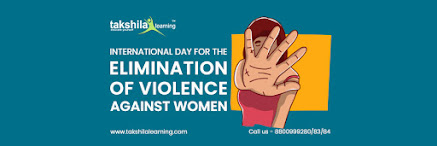International Day for the Elimination of Violence against Women
Despite the adoption by the UN General Assembly of the Convention on the Prohibition of All Aspects of Discrimination against Women (CEDAW) in 1979, violence against women and girls remains an omnipotent and omniscient concern in many countries.
To that end, resolution 48/104 was issued by the General Assembly, establishing the framework for the transition to a world free of gender-based violence.
An initiative introduced in 2008 and known as the UNiTE to End Violence against Women took another bold step in the right direction.
On a global scale, there is still a long way to go. Only two out of three countries have abolished domestic violence to date, while 37 countries around the world also exclude perpetrators of rape from prosecution if they are married to the victim or ultimately marry the victim, and 49 countries do not currently have legislation shielding women from domestic violence.
The Spotlight Campaign was initiated in 2017 by the European Union (EU) and the UN to eradicate all forms of violence against women.
Violence against women and girls (VAWG) is one of the most pervasive, persistent, and crippling violations of human rights in our world today, due to the impunity, secrecy, stigma, and shame that surrounds it. It expresses itself in physical, sexual, and psychological ways in general, including:
Sexual violence and harassment (rape, coerced sexual acts, unwelcome sexual advances, sexual violence, and harassment);
In their lives, 1 in 3 women and girls suffer physical or sexual assault, most commonly by an intimate partner.
Just 52% of married or unionized women openly make their own choices on sexual activity, abortion, and health care.
Before their 18th birthday, almost 750 million women and girls alive today were married worldwide, while 200 million women and girls were subjected to female genital mutilation (FGM).
For Detailed Blog, please visit - International Day for the Elimination of Violence against Women

Comments
Post a Comment
Thank you we will contact ASAP.